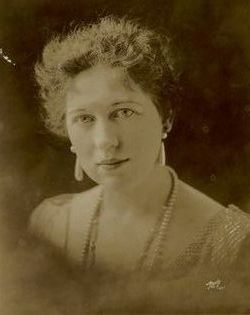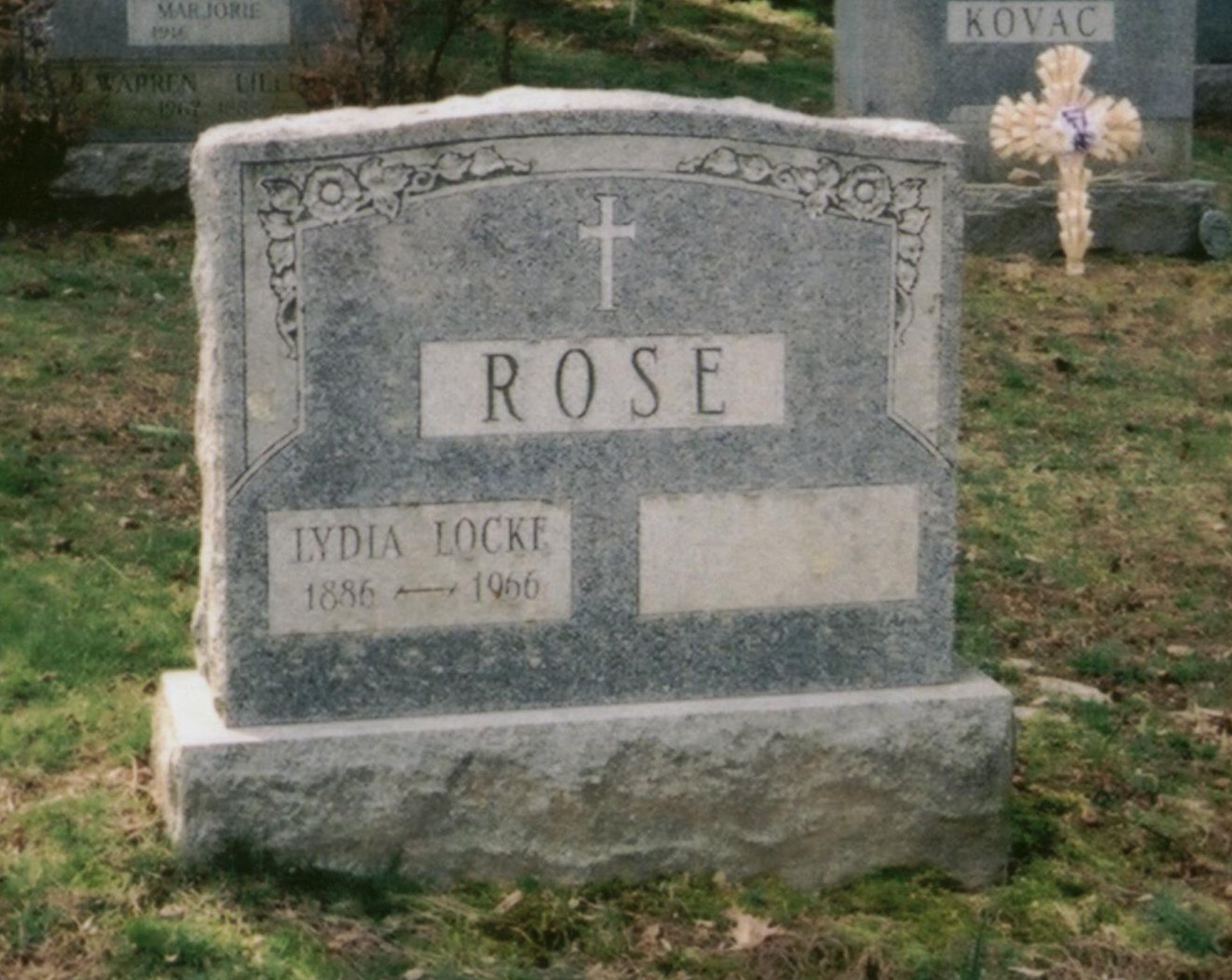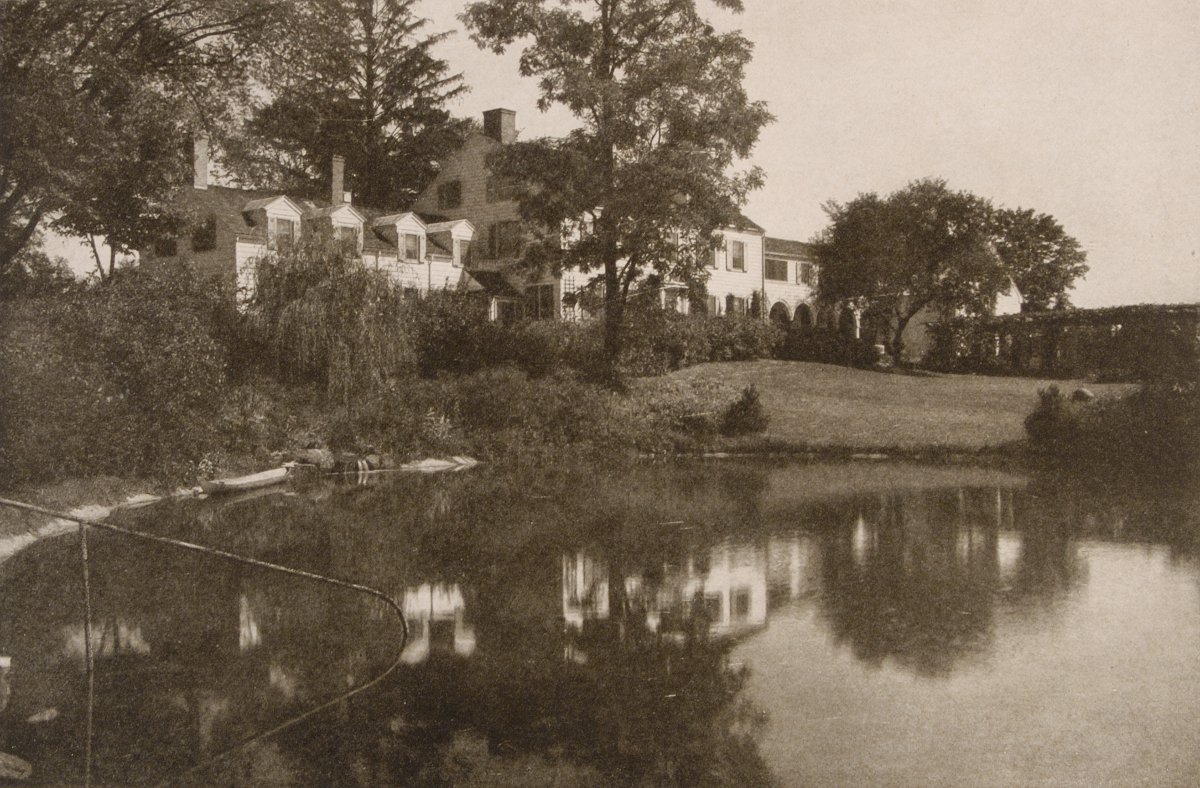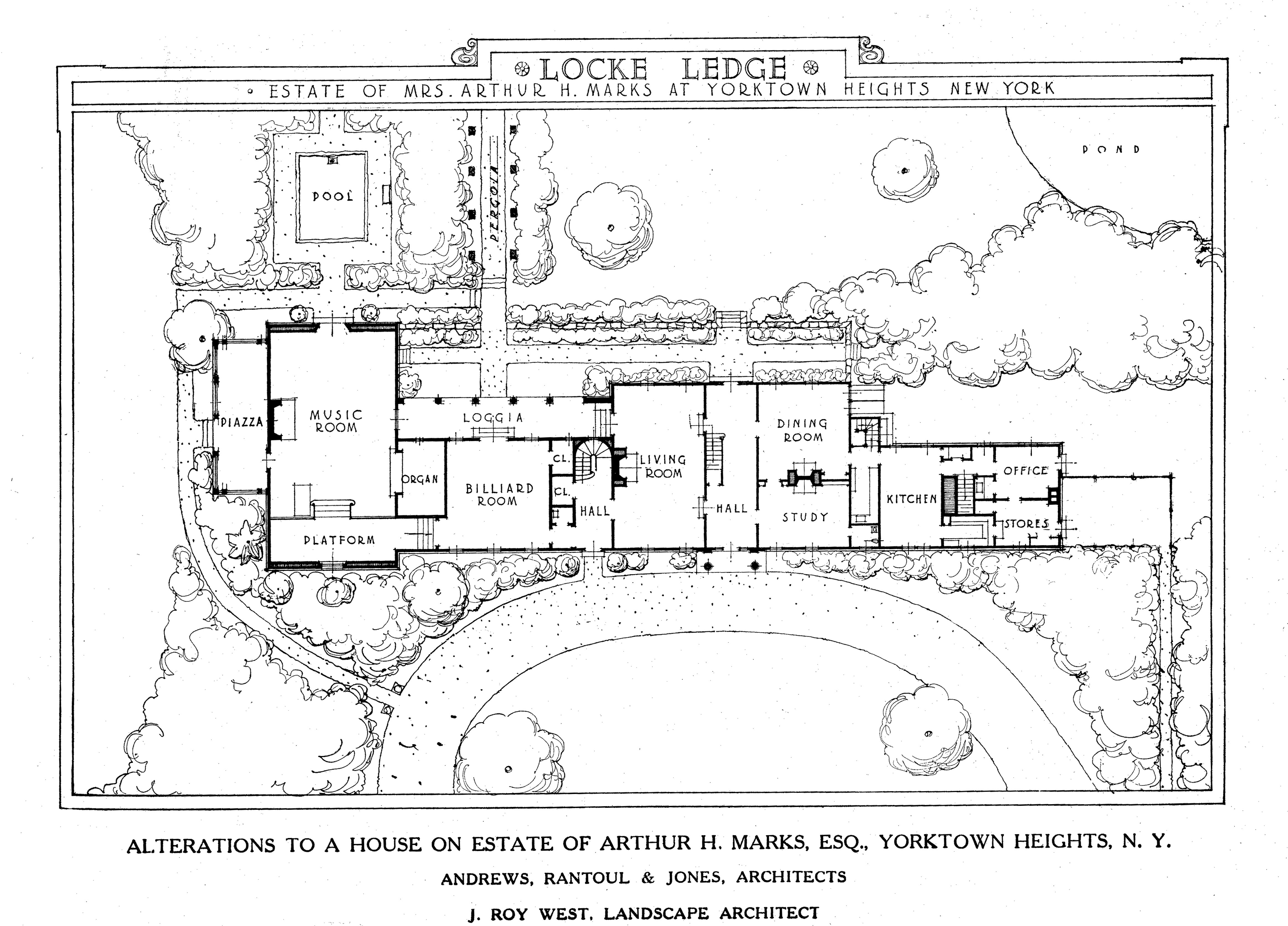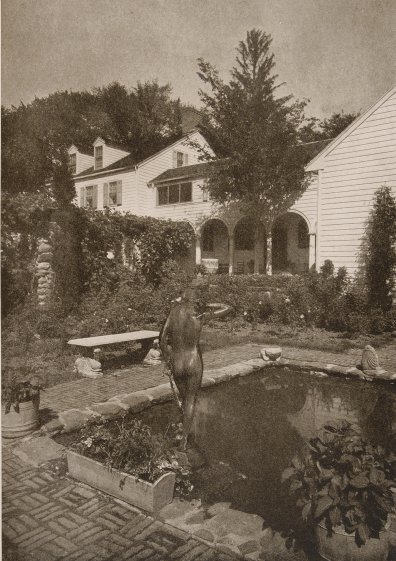Lydia was born in Liberty, Illinois, a rural community in the western part of the state, 17 miles west of Quincy and the Mississippi River. Lydia's father, Newton Bushnell Locke, was employed physically, his occupations listed as farmer, teamster and daylaborer. The Lock farm consisted of 160 acres that adjoined another farm belonging to Newton's brother. Lydia was the youngest of seven children, two of whom died in infancy. Charles, the eldest child, was 17 years older than Lydia. The older Lock children attended Pin Oak school, a one-room school house located on the Lock farm.
Lydia attended public school in Hannibal, Missouri, when the Locks moved to Elzea's Additional housing development, on the city's west side, when Lydia was very young.
At age 14, Lydia sailed to London to study voice. When she returned, she lived in St. Louis with a married sister, Polly Jane Schmidt, the wife of an undertaker. In 1902, at age 17, Lydia eloped to Denver, Colorado, to marry Al Talbot, a flashy gambler (and borderline criminal) who had passed himself off as a Colorado silver mine magnate. The marriage lasted until 1909, when Lydia shot her husband in the chest with a revolver she had hidden in her fur muff while discussing terms of a divorce settlement.
From 1958 until 1964, Lydia and her sixth husband, restaurateur and booking agent Irwin Rose, owned and operated the Locke Ledge Inn, which offered fine dining and live entertainment.
The Locke Ledge estate on Turkey Mountain was formerly part of the Griffen Farm, which had been owned by that Quaker family for several generations. The farm, marked as "Pleasant View" on old maps, consisted of a large farm house surrounded by springs, streams, wooded meadows, barns, and a 10-acre apple orchard.
Sparing no expense, Lydia and Arthur Marks remodelled the original 14-room farm house and surrounding grounds. Within four years Griffen Farm was transformed from a run-down fixer-upper into Locke Ledge, a dazzling residential show-place. Many impressive features were added to the property including a formal sitting garden containing a reflecting pool with a nude nymph statue, stone benches, brick walkways, and playful figurines of frogs and fanciful animals; trellised brick-paved walkways shaded by climbing vines; and two large additions consisting of a billiard room, with living quarters above, and a large vaulted music room outfitted with a 2,044 pipe Skinner organ. The additions were connected on the outside by an attached loggia (a narrow covered porch).
A central element of Locke Ledge was Deer Pond, designed by Ossian C. Simonds (1855-1931), one of the foremost landscape architects of that time. Simonds and his long time collaborator, J. Roy West, who in 1925 became a partner in Simond's Chicago-based firm, had extensive experience planning landscaping for urban parks, cemeteries, public works, and private estates. Simonds is remembered for Riverside Park in Hannibal, Missouri, where Lydia grew up, Graceland and Lake Forest cemeteries in Illinois, and for his persuasive and passionate writings on the subject of landscape architecture.
The idea for Locke Ledge came from the following ad that Arthur Marks saw in the April, 1916, issue of Country Life in America magazine:
Do You Want an Estate in Westchester County[?]
"Farm of 95 acres near Yorktown Heights is offered for sale. Is situated in the Croton Lake section about 30 miles from New York City and a half mile from railroad station. The neighborhood is made up of some of the most beautiful estates in the metropolitan district, and this property is the last that is likely to be on the market.
"High land, beautifully wooded, with plenty of water and springs. A young bearing apple orchard of about 10 acres. Farm contains a 14 room house which would be ideal for remodeling."
Lydia was born in Liberty, Illinois, a rural community in the western part of the state, 17 miles west of Quincy and the Mississippi River. Lydia's father, Newton Bushnell Locke, was employed physically, his occupations listed as farmer, teamster and daylaborer. The Lock farm consisted of 160 acres that adjoined another farm belonging to Newton's brother. Lydia was the youngest of seven children, two of whom died in infancy. Charles, the eldest child, was 17 years older than Lydia. The older Lock children attended Pin Oak school, a one-room school house located on the Lock farm.
Lydia attended public school in Hannibal, Missouri, when the Locks moved to Elzea's Additional housing development, on the city's west side, when Lydia was very young.
At age 14, Lydia sailed to London to study voice. When she returned, she lived in St. Louis with a married sister, Polly Jane Schmidt, the wife of an undertaker. In 1902, at age 17, Lydia eloped to Denver, Colorado, to marry Al Talbot, a flashy gambler (and borderline criminal) who had passed himself off as a Colorado silver mine magnate. The marriage lasted until 1909, when Lydia shot her husband in the chest with a revolver she had hidden in her fur muff while discussing terms of a divorce settlement.
From 1958 until 1964, Lydia and her sixth husband, restaurateur and booking agent Irwin Rose, owned and operated the Locke Ledge Inn, which offered fine dining and live entertainment.
The Locke Ledge estate on Turkey Mountain was formerly part of the Griffen Farm, which had been owned by that Quaker family for several generations. The farm, marked as "Pleasant View" on old maps, consisted of a large farm house surrounded by springs, streams, wooded meadows, barns, and a 10-acre apple orchard.
Sparing no expense, Lydia and Arthur Marks remodelled the original 14-room farm house and surrounding grounds. Within four years Griffen Farm was transformed from a run-down fixer-upper into Locke Ledge, a dazzling residential show-place. Many impressive features were added to the property including a formal sitting garden containing a reflecting pool with a nude nymph statue, stone benches, brick walkways, and playful figurines of frogs and fanciful animals; trellised brick-paved walkways shaded by climbing vines; and two large additions consisting of a billiard room, with living quarters above, and a large vaulted music room outfitted with a 2,044 pipe Skinner organ. The additions were connected on the outside by an attached loggia (a narrow covered porch).
A central element of Locke Ledge was Deer Pond, designed by Ossian C. Simonds (1855-1931), one of the foremost landscape architects of that time. Simonds and his long time collaborator, J. Roy West, who in 1925 became a partner in Simond's Chicago-based firm, had extensive experience planning landscaping for urban parks, cemeteries, public works, and private estates. Simonds is remembered for Riverside Park in Hannibal, Missouri, where Lydia grew up, Graceland and Lake Forest cemeteries in Illinois, and for his persuasive and passionate writings on the subject of landscape architecture.
The idea for Locke Ledge came from the following ad that Arthur Marks saw in the April, 1916, issue of Country Life in America magazine:
Do You Want an Estate in Westchester County[?]
"Farm of 95 acres near Yorktown Heights is offered for sale. Is situated in the Croton Lake section about 30 miles from New York City and a half mile from railroad station. The neighborhood is made up of some of the most beautiful estates in the metropolitan district, and this property is the last that is likely to be on the market.
"High land, beautifully wooded, with plenty of water and springs. A young bearing apple orchard of about 10 acres. Farm contains a 14 room house which would be ideal for remodeling."
Inscription
Lydia Locke, 1886 [sic] - 1966
Family Members
Sponsored by Ancestry
Advertisement
Advertisement
